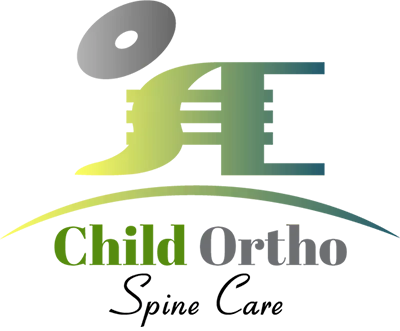Pelvis Deformity Treatment For Children In Gurgaon
The human pelvis is a vital structure that supports and protects various organs in the lower abdominal region. In some cases, children may develop a pelvis deformity, particularly in association with a condition known as exstrophy bladder.



